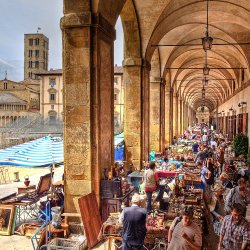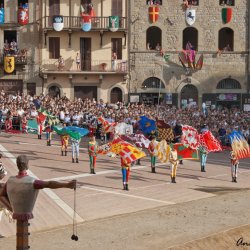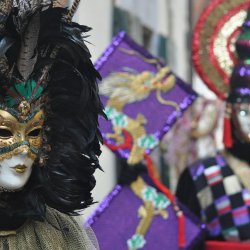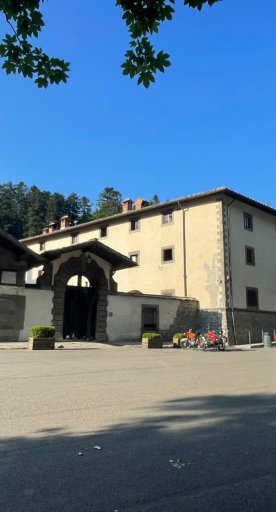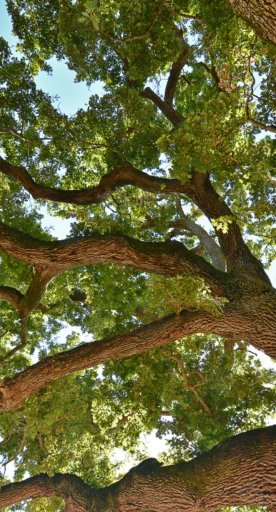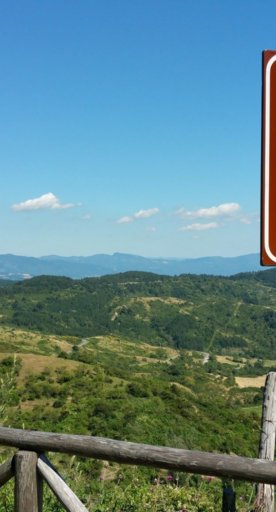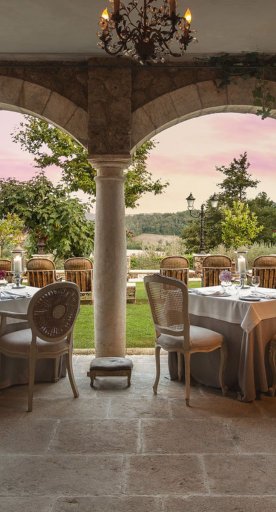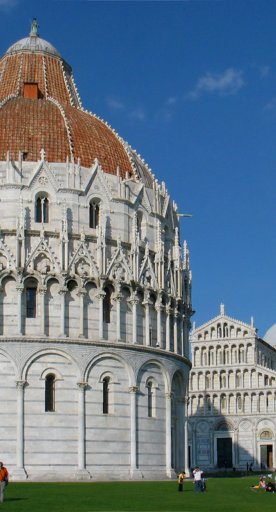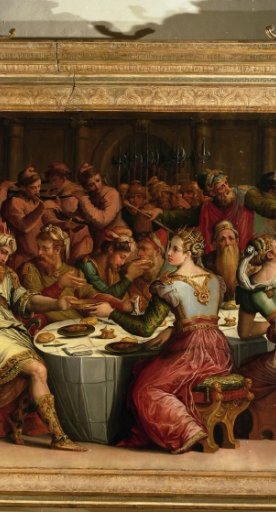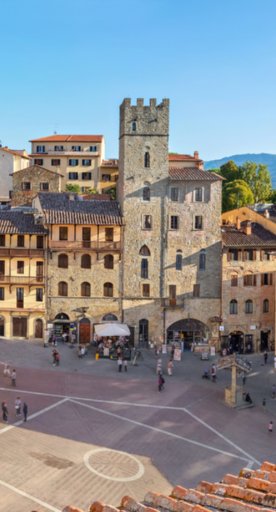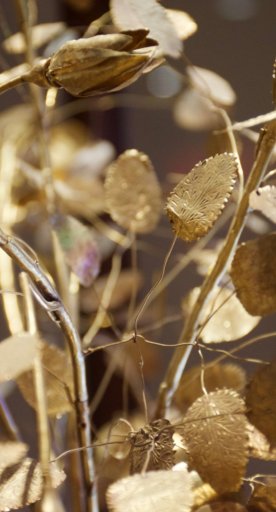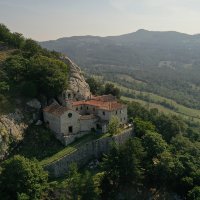
In the footsteps of Piero della Francesca
Discover artistic jewels in Sansepolcro, Monterchi and Arezzo
Piero della Francesca is undoubtedly one of the greatest Italian painters of the 15ᵗʰ century. His vast, monumental and impassibly rational painting is one of the high points of Renaissance artistic ideals.
Many of his masterpieces can be admired in the Valtiberina, his homeland. Here are the places linked to this great genius, through the history and art of Sansepolcro, his birthplace, Monterchi but also Florence and Arezzo.
-
1.Sansepolcro
-
2.Monterchi
-
3.Arezzo
-
4.Florence
Sansepolcro

Our journey begins in Sansepolcro, where Piero della Francesca was born around 1412. Here, you can visit the Civic Museum housing four splendid works by the artist, including the Polyptych of the Misericordia, which Piero was commissioned to create by the Sansepolcro confraternity of the Compagnia della Misericordia in 1445.
The central panel depicts the Virgin of Mercy, welcoming followers and devotees under her mantle, like a large tabernacle, with men on the left and women on the right.
Instead, in the Sala dell’Udienza in the Civic Museum, you can find the large fresco depicting the Resurrection. This work, considered among the artist’s most representative, is the human and spiritual expression of Christ’s rebirth, with the strong, solemn figure of the Savior dominating the scene. In the background, Piero choose to represent the sunrise, rising to symbolize the beginning of a new life.

Also at the Civic Museum, you can admire the fresco representing Saint Julian, which was found in 1954 in the ancient Church of Sant’Agostino, later named Santa Chiara. The Saint, depicted with a youthful face, is wrapped in an elegant red cloak that stands out against the antique green faux marble background.
Finally, we find the detached fresco depicting Saint Louis of Toulouse, from the Palazzo Pretorio, depicting the saint dressed in a Franciscan habit and a richly decorated bishop’s cope. In the background appears a mock niche with precious red and green marble.
Monterchi

Leaving Sansepolcro, the journey continues to Monterchi. In this delightful village, perched on a hill bordering Umbria, Piero della Francesca created the extraordinary fresco of the Madonna del Parto for the ancient Church of Santa Maria a Momentana.
Since 1991, the fresco has been housed in the Madonna del Parto Civic Museum. The iconography of the Virgin in waiting gives the image great sacredness and monumentality, with the Madonna bearing both a divine and human expression. By her side are two angels who, holding open the curtains of a pavilion, present the Madonna simply wearing a blue dress and white smock as she shows off her belly.
Arezzo

The itinerary in the land of Piero continues on to Arezzo. The Bacci Chapel, in the Basilica of San Francesco, houses the fresco cycle of the Legend of the True Cross, the masterpiece the artist executed for the Franciscan church between about 1452 and 1466. The subject of the cycle is taken from the Legenda Aurea (Golden Legend) by Jacopo da Varazze, written in the 13ᵗʰ century.
Amidst landscapes dear to the artist and the painted architecture, we find Arezzo itself perched on the hillside along with Sansepolcro, with its buildings arranged in perspective as scenic backdrops, with elegant and geometrically perfect figures gracefully accompanying the viewer scene by scene into the story being told.
Finally, in the Cathedral of Arezzo, at the end of the left aisle, is the fresco depicting Mary Magdalene, one of the most beautiful figures painted by Piero, here truly striking due to the expressiveness of her face and her low, deep gaze, with light exalting the white and red of her cloak, the green of her dress and her rosy cheeks.
Florence
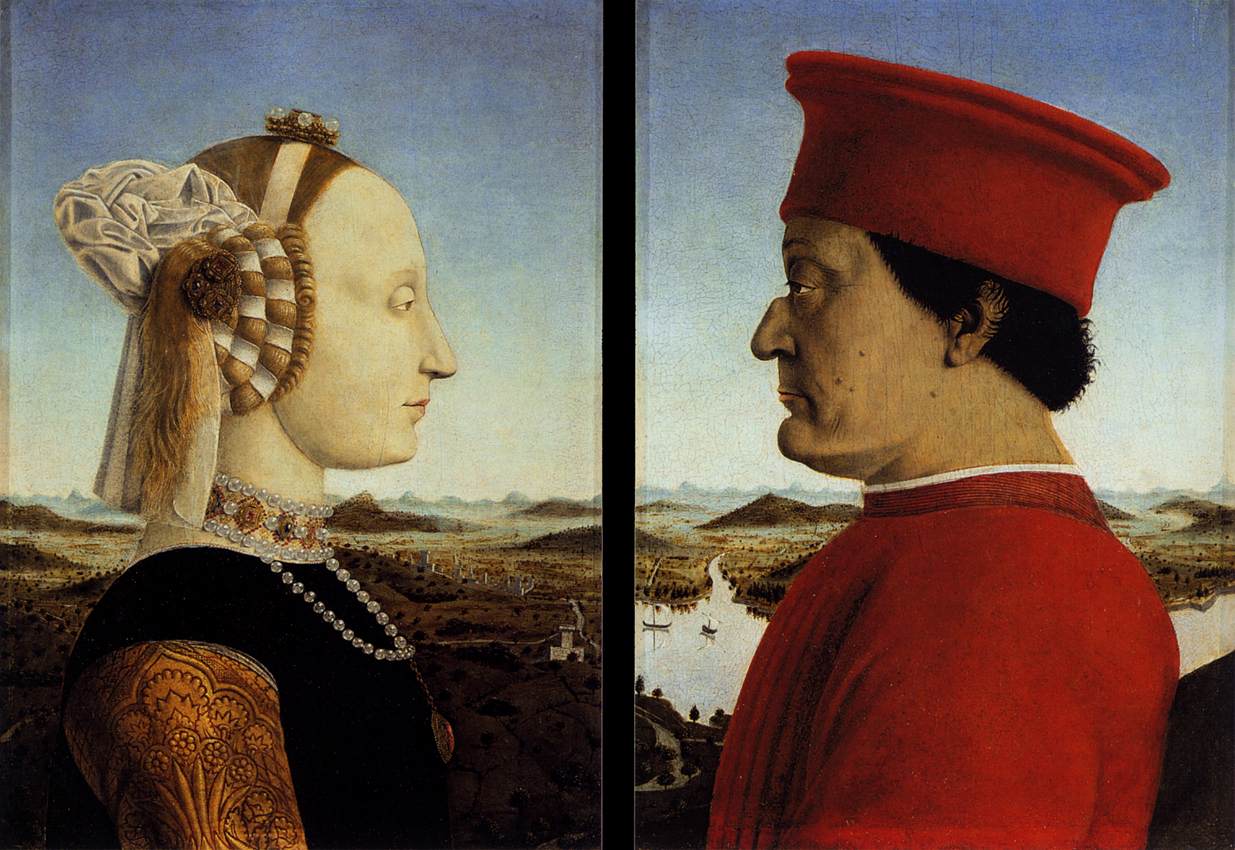
The itinerary concludes in Florence, in the cradle of the Renaissance, where Piero della Francesca matured his professional experience, influenced by the masterpieces of Donatello and Masaccio, especially thanks to his Maestro, Domenico Veneziano, with whom he painted a number of now-lost frescoes. It is here in Florence, in the Uffizi Gallery, that we can see one of his most famous works: the Double Portrait of the Dukes of Urbino, originally painted for the Court of Urbino.
Piero della Francesca died, near blind, in his hometown on the day of Christopher Columbus’s arrival in the Americas—October 12, 1492—and is buried in the Badia di Sansepolcro.
